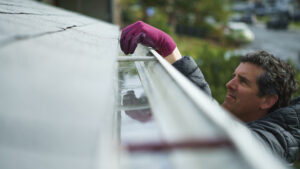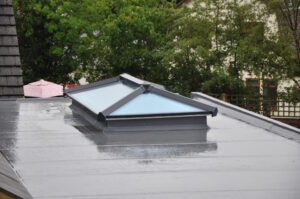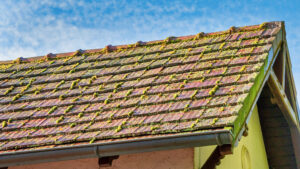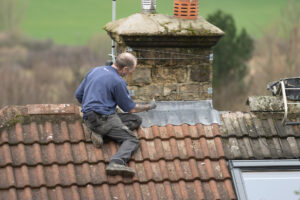Insulation is the modern way to preserve the energy within your home and cut down on your energy bills. It is a great investment to make as it fortifies your home, adding an extra layer of protection so that the heat during the winters stays in and keeps the heat out during the summers so that your home is cool and comfortable. However, time, dirt, water, dust, and the compression of the material over the years impact the effectiveness of the insulation. It is during these times that you may have to remove or replace your insulation.
From Pasadena to Cypress and beyond, WABO Roofing can assist you with the removal and replacement of your insulation. Let’s understand the details of insulation and when you need to replace it:
How Long Does Insulation Last?
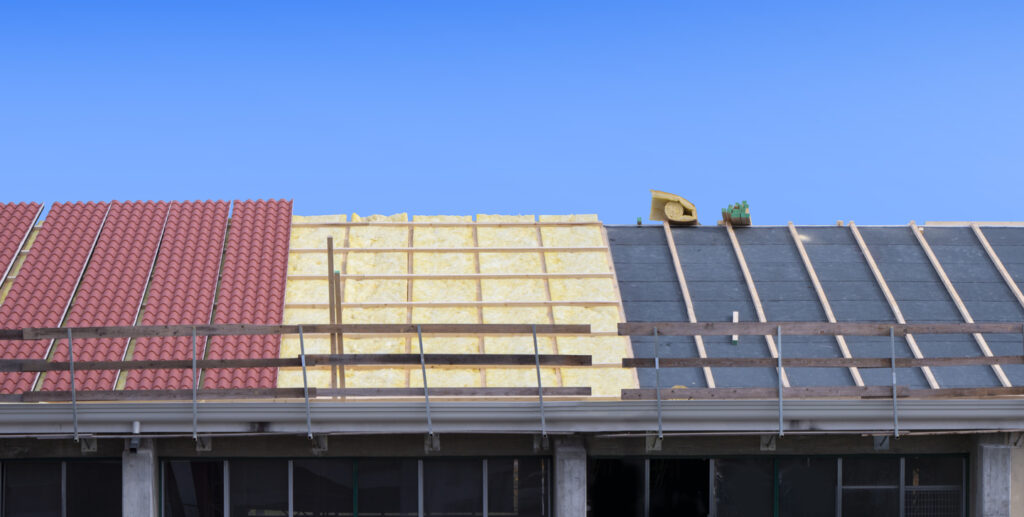
Depending on the type of insulation material used, it may last between 20 and 50 years. Here is a quick summary of types of insulation and their durability:
Spray Foam Insulation – This is one of the best types of insulation material one can have. It will last anywhere between 80 and 100 years and requires very less maintenance. It doesn’t sag, settle or deteriorate.
Fibreglass Insulation – Fibreglass is a popular material used in the insulation system. It has a lifespan of 20-30 years. If maintained properly, it may last longer.
Polyurethane Insulation – This material is actually a rigid foam board and, if protected from moisture, will last between 30 and 50 years.
Cellulose Insulation – Made from recycled paper products Cellulose Insulation has a lifespan similar to that of fibreglass. If the installation is done right and it’s kept dry, then it will last between 20 and 30 years.
Mineral Wool Insulation – This is an incredible material for insulation and offers durability for up to 50 years. It is moisture and fire-resistant, which is why it tends to last so long. It is commonly used for both residential and commercial reasons.
How Often Should the Insulation Be Checked?
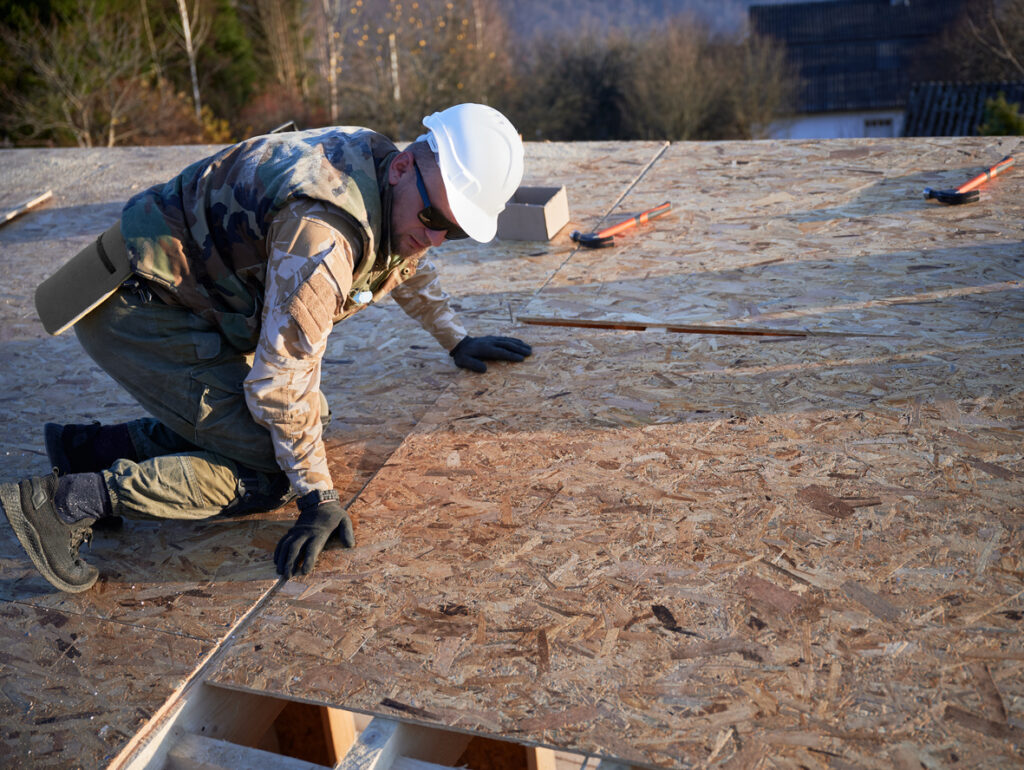
Periodic inspections of insulation is necessary to verify its efficiency and spot any problems that could impair its functioning. It is generally recommended to test insulation every 5 to 10 years. However, the exact frequency of checks might vary and depend on certain factors, such as
- The type of insulation
- The local climate
- Age of the building
Furthermore, it is also important to evaluate insulation before making any significant structural modifications or renovations that may compromise the integrity of your building. Regular inspections assist in spotting any:
- signs of deterioration and damage
- moisture intrusion
- pest infestation
Regular inspections ensure that the insulation is working fine, or if any issues are identified, then they can be fixed immediately.
Signs that Insulation Needs to be Changed or Replaced
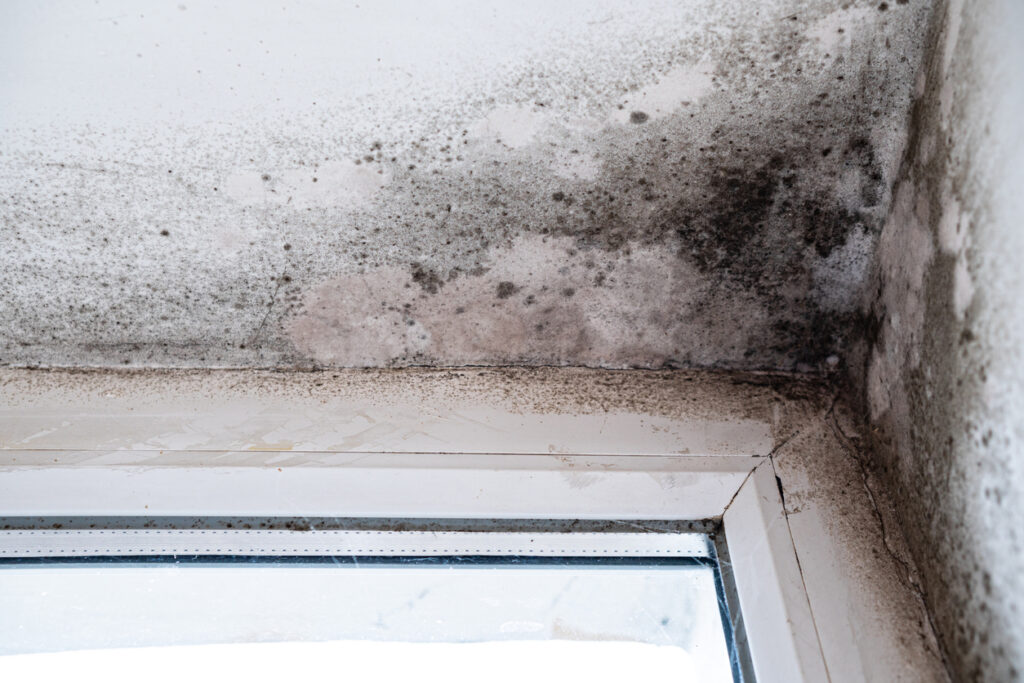
Several factors suggest that replacing insulation is necessary to preserve a building’s structural integrity and energy efficiency. The following are a few signs that it is time to replace the insulation:
Pest Infestation – The integrity of the insulation may be compromised by pest or insect infestations. Pest infestation causes serious damage to the insulation, which leads to health risks and may require you to change the insulation.
Uneven Temperatures – If there are noticeable temperature differences in different sections of the building, especially if some rooms are constantly cooler or warmer than others, then it may be a sign of damaged insulation.
Age and Wear – It is imperative to replace the insulation if it has outlived its anticipated lifespan. An inspection will reveal wear, settling, or degradation.
Increased Energy Bills – An obvious and sudden rise in heating or cooling expenses may indicate that the insulation is no longer performing well in keeping the house at a comfortable temperature.
Deterioration of Insulation Material – The insulating material may need to be replaced incase it shows signs of damage or deterioration, such as crumbling, sagging, or compression. It will have lost its thermal performance and will not be effective any longer.
Mould Growth or Moisture – The presence of mould, mildew, or wet patches on walls, ceilings, or within the insulation indicates a possible issue with moisture penetration or insufficient insulation.
Drafts or Air Leaks – Air leaks or detectable drafts near windows, doors, or electrical outlets may indicate that the insulation has deteriorated or stopped sealing the building.
How to Select the Right Type of Insulation
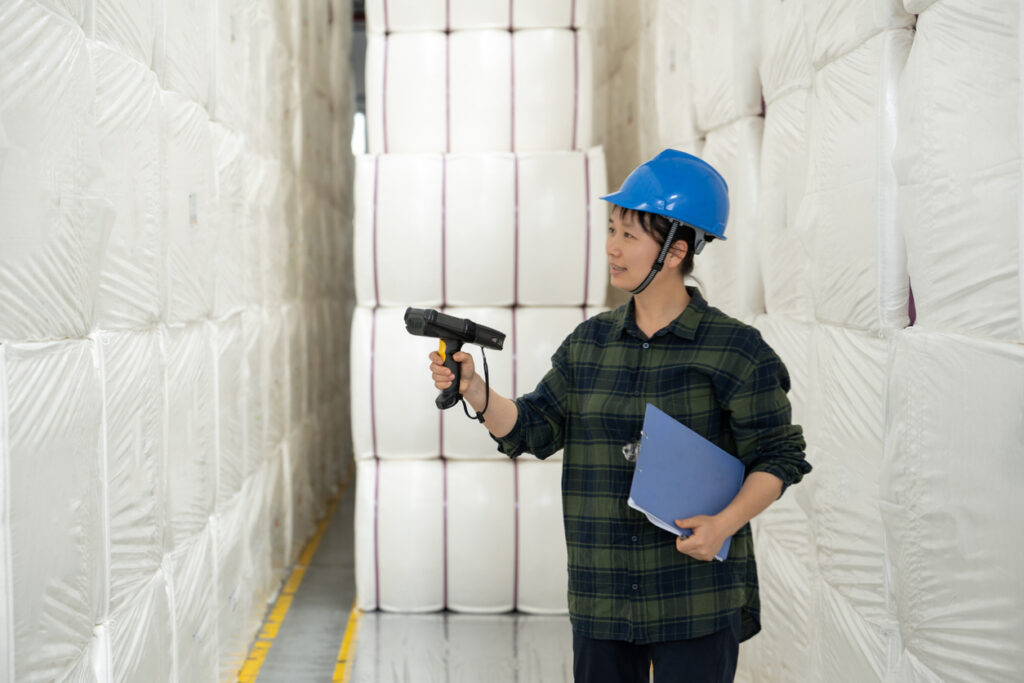
Understand Your Requirements
Evaluate the needs of your building and consider things like weather, the structure of the building, your budget, and any insulation objectives you may have, such as moisture management or soundproofing.
Evaluate Environmental Impact
Think about how the insulating materials you are considering for your home will affect the environment. Seek for solutions with low environmental impact over the course of their lives, energy efficiency, and their construction – recycled or sustainable materials.
Research Insulation Types
Understand and research about different insulating materials such as mineral wool, spray foam, cellulose, fibreglass, and rigid foam boards. Understand their characteristics, R-values (thermal resistance), installation needs, and any unique benefits or drawbacks.
Consider Durability
Select insulation material with low maintenance needs and long-term durability. They should also be resistant to mould, pests, and moisture. Consider its anticipated lifespan and capacity to continue performing over its actual performance period.
Assess Installation Requirements
Understand the installation procedure of every insulation material and understand things like labour costs, complexity, and the need for any specialized tools or knowledge. Select an insulating solution based on what your contractors or building team can accomplish.
Cost Effective
Consider your budget and the cost-effectiveness of the insulation. You should consider factors like potential maintenance, energy savings, etc. An insulation system that offers balanced benefits should be considered.
Check Local Building Codes
Look for insulation systems that require little maintenance, are long-lasting, and are resistant to moisture, mould, and pests. Consider the insulation’s expected longevity and ability to function as intended over an extended period.
Consult Professionals
Consider changing or removing your insulation system from professionals like WABO Roofing. We can offer our knowledge and expertise and ensure the task is done efficiently.

